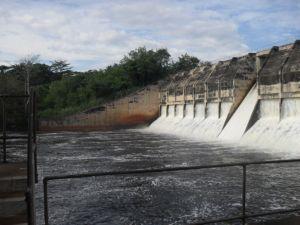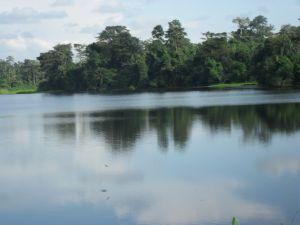Amoasah George
The project aims to contribute to the knowledge on the status of Barekese water catchment area and identify existing strategies, opportunities, and constraints for sustainable management of the area through participatory approach.

Barekese wetland and/or water catchment area provides different ecosystems goods and services to its immediate and farther environs. Aside the rich fauna and flora, the area is particularly noted for the Barekese headwaters that serves as the main source of portable drinking water to the entire environs of Kumasi metropolis. The Barekese headwaters provides about 80% of the water needs of the residents of Kumasi, the second largest city in Ghana with a population of about 1,171,311 (Census 2000).

Regrettably, anthropogenic activities such as, unsustainable arable crop production, unsustainable fishing, timber and fuel wood exploitation, and continuous land use changes are negatively impacting the water catchment area. The persistent negative anthropogenic activities have culminated in deterioration of water quality and quantity coupled with biodiversity loss. Accordingly, the headwaters currently produce 23million gallons per day instead of its maximum lift of about 40+ million gallons per day. The current water level is pre-empting a looming water crisis in the coming years. The impact will not only affect livelihoods but also the rich fauna and flora of the catchment area. To help save the Barekese water catchment area for present and future generations, this project dubbed ‘Sustainable Wetland Management: Participatory Approach’ aims to contribute to the knowledge on the status of Barekese water catchment area and identify existing strategies, opportunities, and constraints for sustainable management of the area through participatory approach. Key activities to address the overall aim are:
- Economic valuation of the water catchment area: Purposely to give value to the water catchment area, so as to influence decisions of policy makers and other stakeholders.
- Participatory processes: To instigate learning and sharing among stakeholders for collective action
- Conservation education: To further elaborate the importance and status of the catchment area.
- Replanting of degraded catchment areas: To enhance the stability of the ecosystem thereby creating quality habitat for flora and fauna.
The successful implementation of this project will instigate stakeholders and/or communities goodwill for collective action towards the long-term sustenance of the Barekese water catchment area, as well as bring about ecosystem stability for the present and the future.